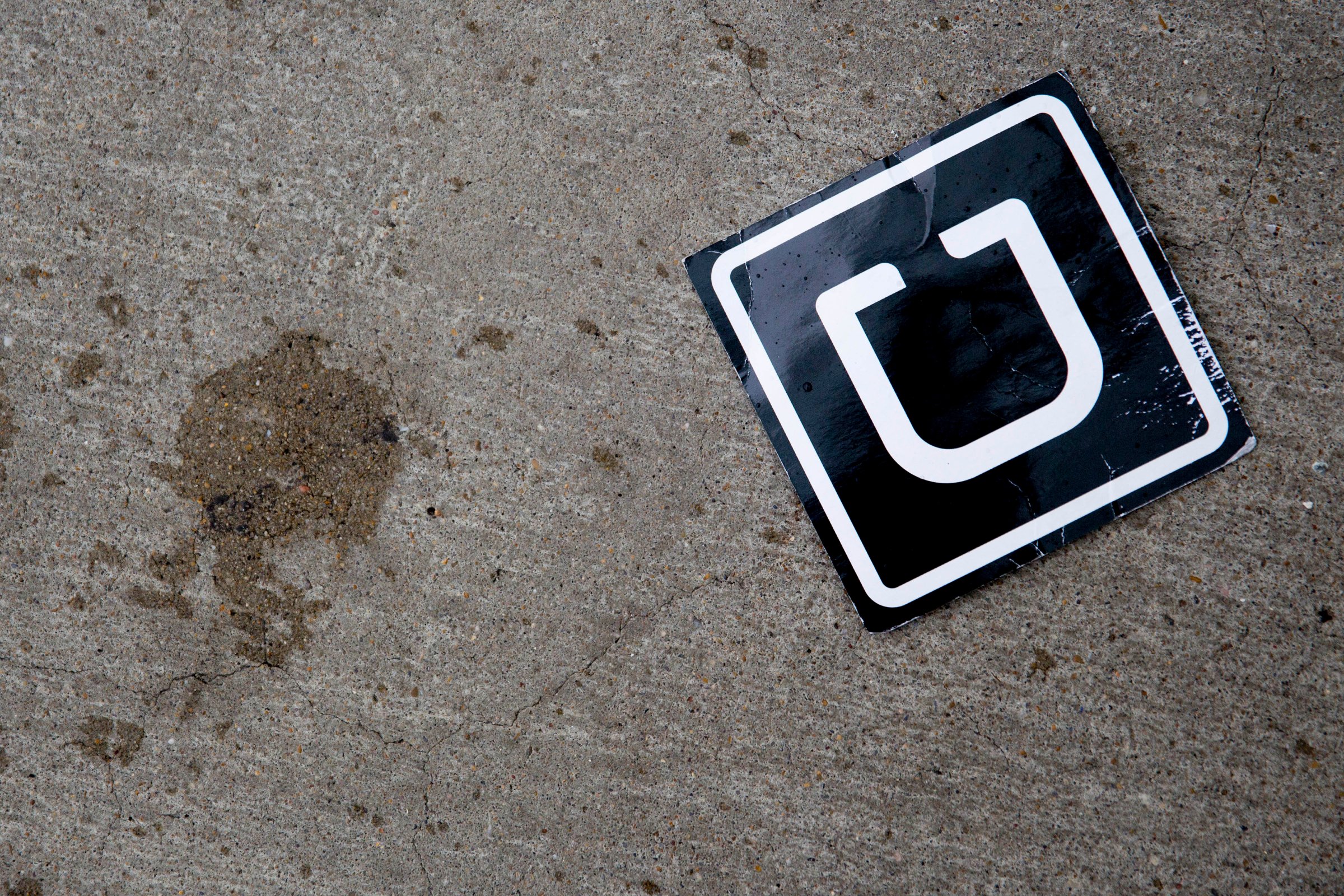
Uber filed a motion in a California court Thursday opposing a class action lawsuit against the company, marking the latest salvo in the increasingly pitched battle over how workers are treated in the multi-billion dollar on-demand economy.
The lawsuit filed in California’s Northern District Court alleges that Uber drivers in California should be classified as employees rather than independent contractors. Uber challenged the certification of the class in its motion, arguing that the more than 160,000 Uber drivers in the state have “little or nothing in common,” aside from having downloaded and used the Uber app “at some point over the past six years.”
The suit is one of several pending cases that could have profound implications for the on-demand economy, which includes some of the world’s hottest technology startups. Companies like six-year-old Uber, now valued at $50 billion, have been able scale fast in part because they classify many of their workers as independent contractors, which frees them from costly obligations like remitting payroll taxes and paying worker’s compensation and other duties that typically accompany an employer-employee relationship. Nor does the company reimburse drivers for expenses like gas and car maintenance, which the lawsuit alleges are owed to tens of thousands of drivers for years of work.
In its motion, Uber argues that a successful class action suit “could force Uber to restructure its entire business model.” It could also have a ripple effect across the burgeoning startup culture, leading other companies with similar structures to recalibrate. In addition to the case against Uber, lawsuits challenging the status of workers are pending against Lyft, Uber’s chief U.S. rival; Postmates, which offers on-demand delivery; Homejoy, which offers on-demand cleaning; and Instacart, an on-demand grocery shopping service.
The lawyers pursuing these cases believe that the companies are skirting labor laws by identifying themselves as technology platforms that connect willing workers with users who need services, rather than, say, a taxi service that employs drivers. “They’re claiming there’s something new and different because their services are provided through technology, through a smartphone,” Shannon Liss-Riordan, the lawyer for the plaintiffs in the suit against Uber, told TIME in an earlier interview. “But there’s nothing new about this.”
Uber is adamant that they are not a traditional employer. Its motion challenging the class certification emphasizes the variety among drivers, the different amounts and ways they use Uber’s app and the various terms of agreement they have with the company. The filing also included declarations of from about 400 drivers in the state, many of whom say they value the freedom of the current arrangement and don’t want anything to change. “I don’t want anyone to take away this flexibility by suing Uber,” writes an L.A.-based UberX driver named Janice Fry.
The company says a ruling against it could eliminate that independence. “As employees, drivers would drive set shifts, earn a fixed hourly wage, and lose the ability to drive using other ridesharing apps as well as the personal flexibility they most value,” Uber said in a statement.
For example, Uber emphasizes that many of its drivers also work for competing companies like Lyft and Sidecar, and sometimes have multiple companies apps on at once. In its motion, Uber claims the suit “would force drivers to pick one app over all others.”
See Uber Protests From Around the World






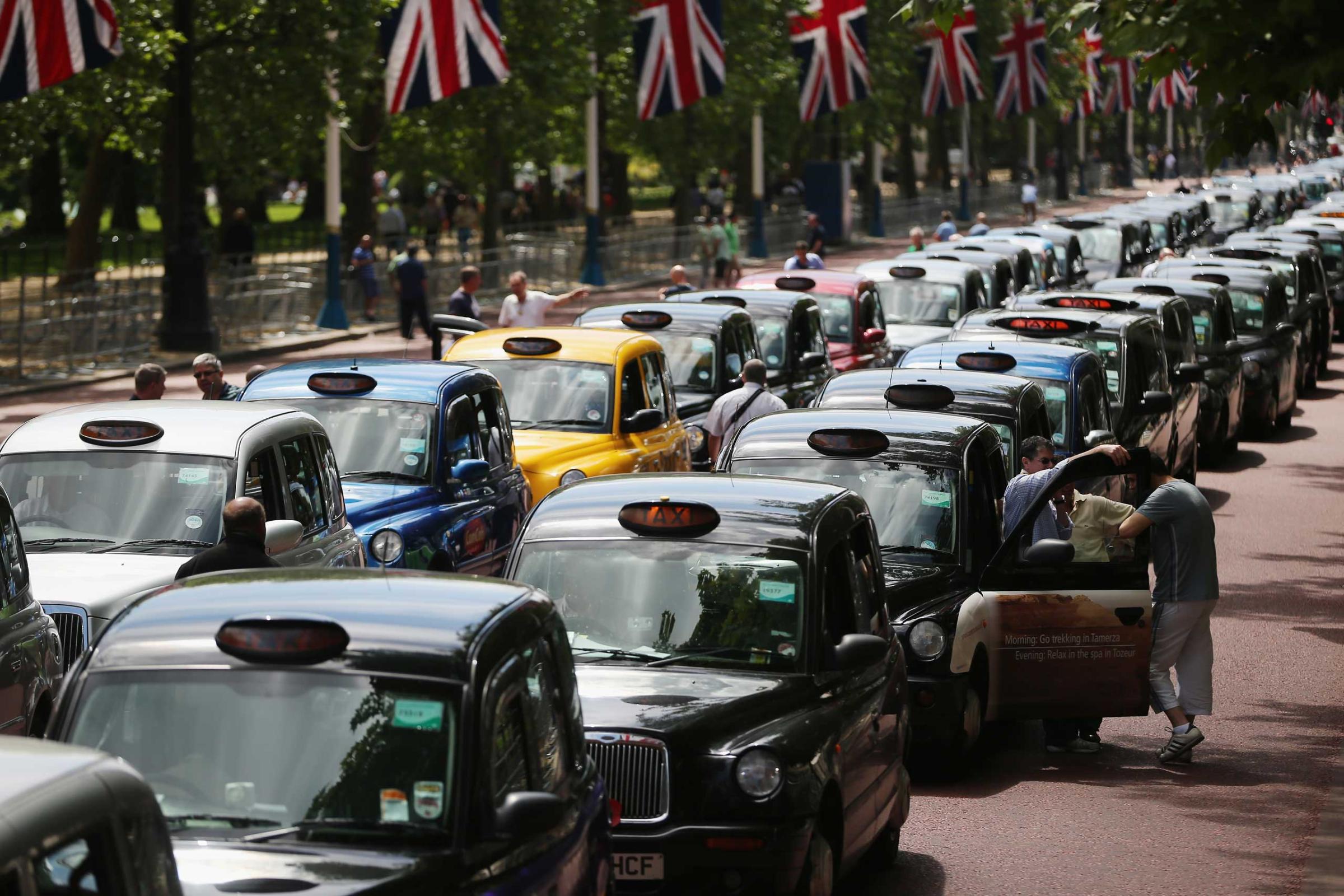
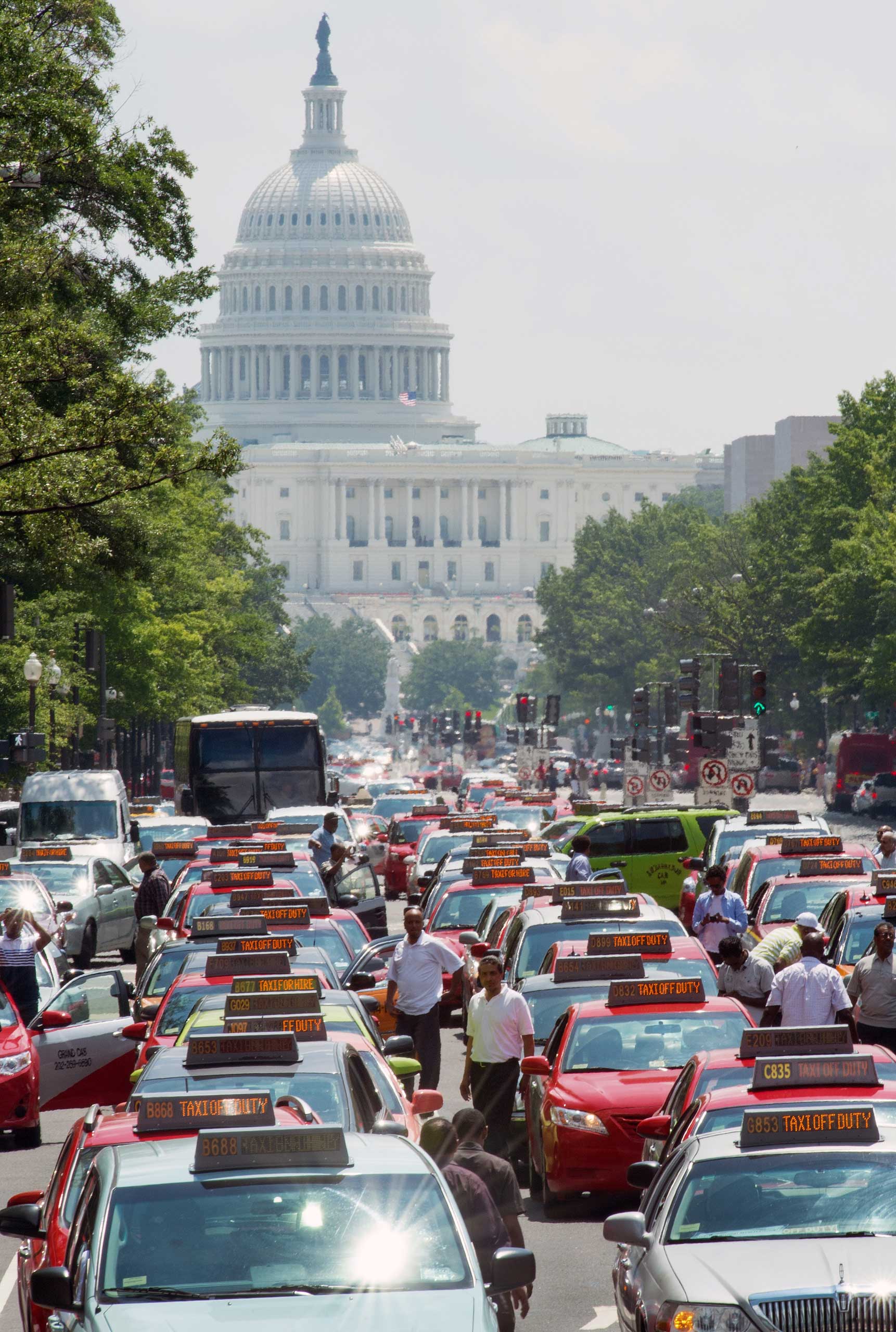
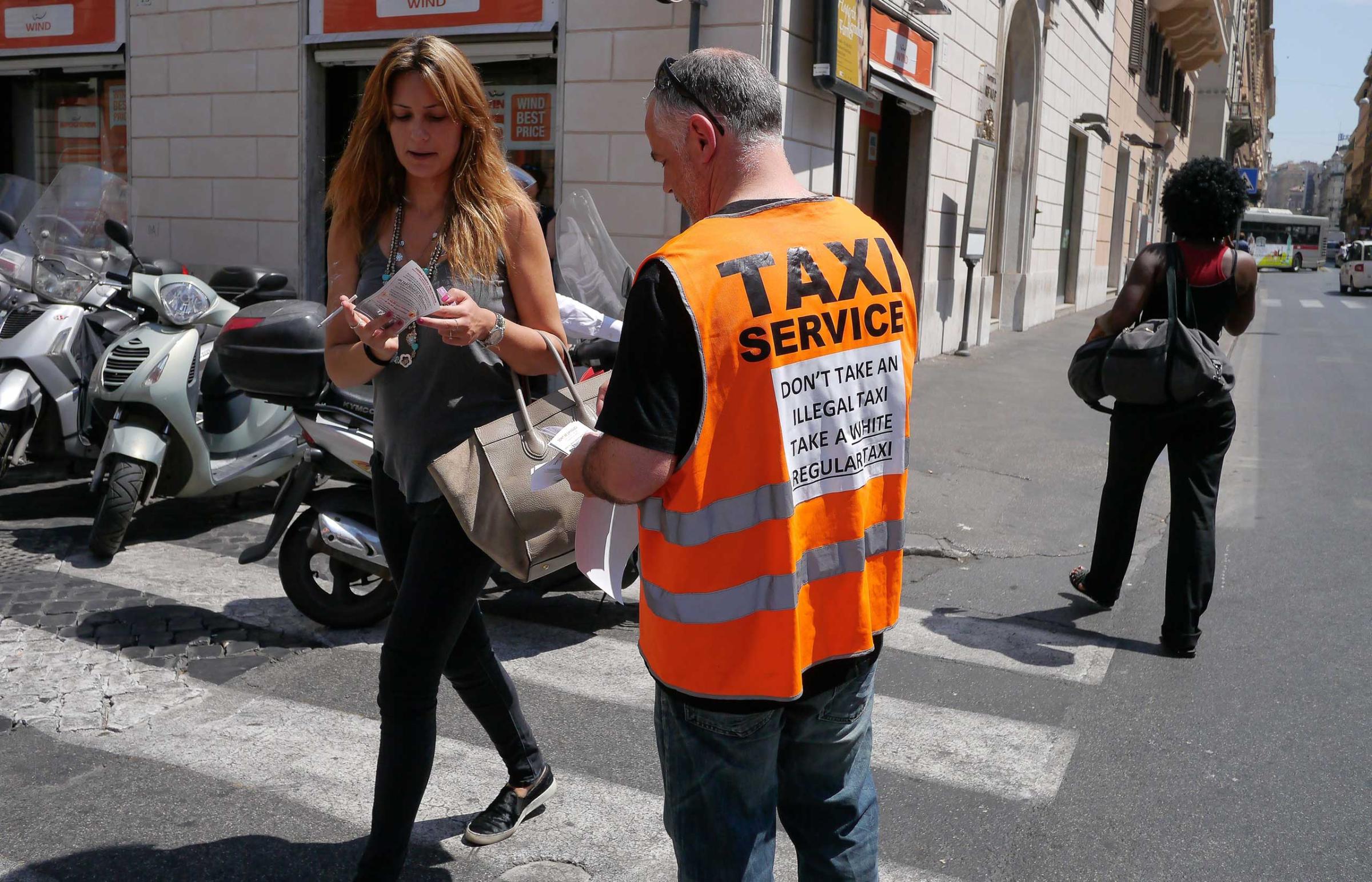
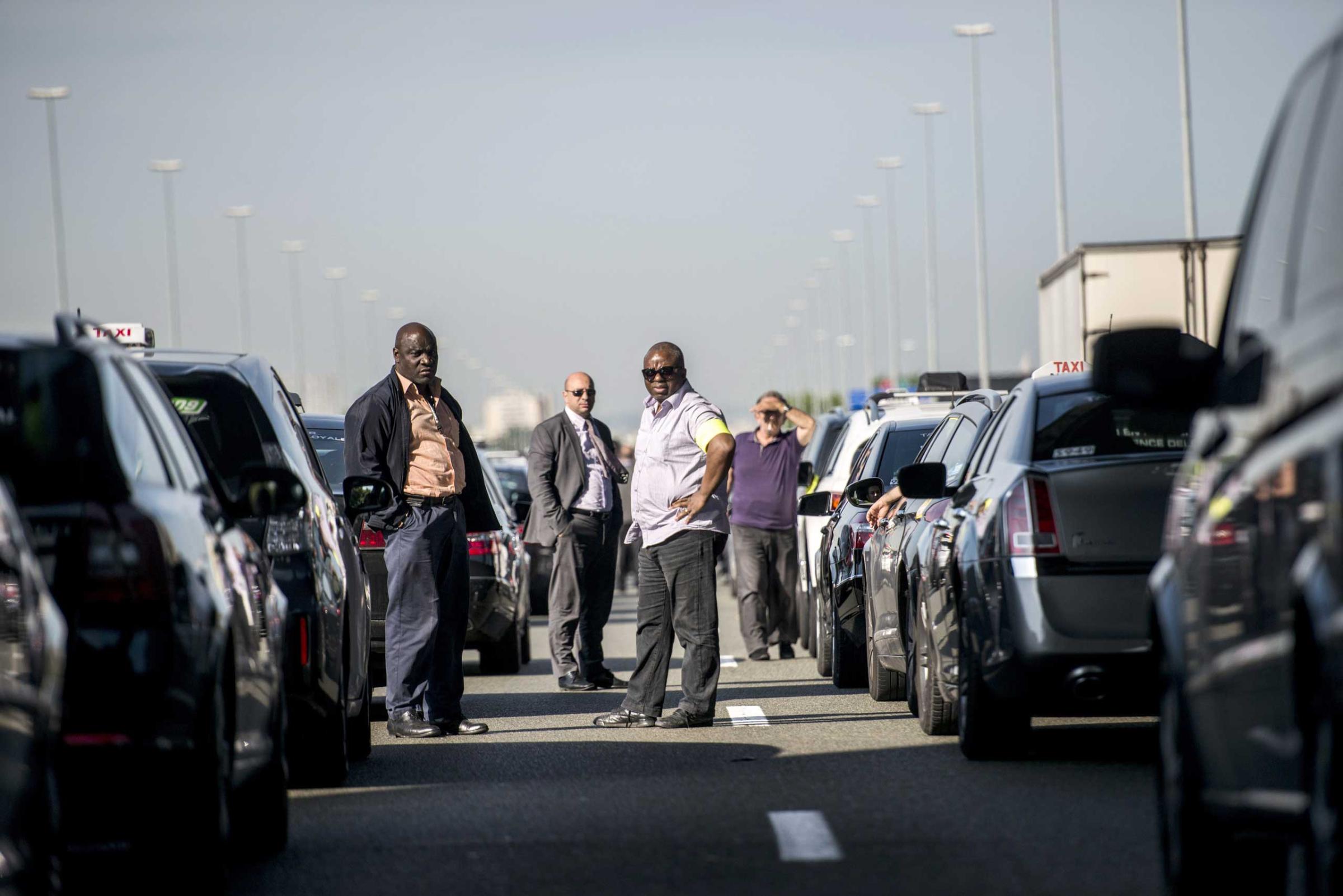
Yet that would only be the case if Uber and its competitors required drivers to do so under a legal principle known as duty of loyalty, which gives companies the right to sue two-timing workers. The companies could instead lay out terms that allow employees to work for more than one ride-app outfit. “They could promise to waive that right,” says Sachin Pandya, a law professor who specializes in labor and employment at the University of Connecticut. “There’s no prosecutor going around charging workers for being disloyal.”
But certifying the drivers as employees could introduce other tricky questions. If an employee-driver is riding around with both Uber and Lyft apps on, for instance, which company would be on the hook for reimbursing them for gas? Which company would need to make sure they take legally required breaks?
To showcase the variety of situations that Uber drivers are in, the company states that there are 17 different terms of agreement that drivers have agreed to over time. They emphasize that while some drivers essentially work full-time, others use Uber to supplement income from a part-time job, or hire subcontractors. While some follow Uber’s “suggestions” on how to act or dress or comport themselves, others do not, they say. Drivers work when they want, where they want, as much as they want, being paid per job rather than being assured minimum wage and overtime. Drivers can choose to accept requests or contact Uber to ask for a fare to be lowered (if they made errors), they write.
Many of these details speak to arguments about control over a work environment that are key elements of arguments over employee status. How much control Uber has in writing, and in practice, can heavily weigh judges’ opinions about how workers should be classified. In a recent California Labor Commission ruling, for instance, a commissioner deemed an Uber driver to be an employee in part because Uber was “involved in every aspect of the operation.”
That ruling determined the status of only one driver, and Uber has appealed it. If the district court lawsuit is certified as a class action, it has the potential to affect far more workers. A hearing is scheduled for August.
More Must-Reads from TIME
- Cybersecurity Experts Are Sounding the Alarm on DOGE
- Meet the 2025 Women of the Year
- The Harsh Truth About Disability Inclusion
- Why Do More Young Adults Have Cancer?
- Colman Domingo Leads With Radical Love
- How to Get Better at Doing Things Alone
- Michelle Zauner Stares Down the Darkness
Contact us at letters@time.com